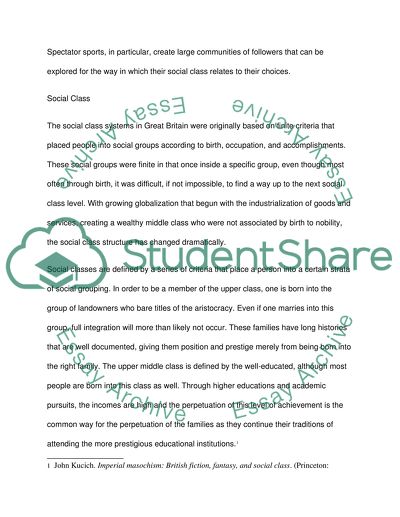Cite this document
(“Sport and Leisure Identities Essay Example | Topics and Well Written Essays - 2750 words”, n.d.)
Retrieved from https://studentshare.org/environmental-studies/1420099-sport-and-leisure-identities
Retrieved from https://studentshare.org/environmental-studies/1420099-sport-and-leisure-identities
(Sport and Leisure Identities Essay Example | Topics and Well Written Essays - 2750 Words)
https://studentshare.org/environmental-studies/1420099-sport-and-leisure-identities.
https://studentshare.org/environmental-studies/1420099-sport-and-leisure-identities.
“Sport and Leisure Identities Essay Example | Topics and Well Written Essays - 2750 Words”, n.d. https://studentshare.org/environmental-studies/1420099-sport-and-leisure-identities.


